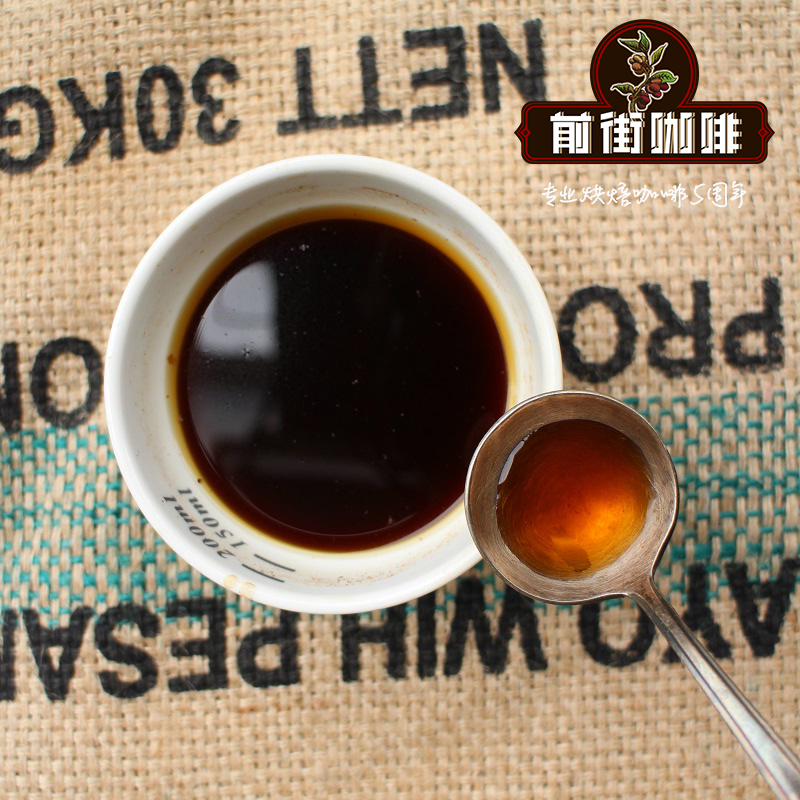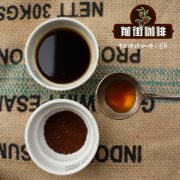Introduction to Rwandan Coffee | A brief introduction to the producing areas and flavor and taste of Rwandan coffee

Professional coffee knowledge exchange more coffee bean information please follow the coffee workshop (Wechat official account cafe_style)
Introduction to the coffee producing area of Rwanda in Qianjie
Rwanda Rwanda was brought in by German missionaries in 1904, but it was not until 1917 that Rwanda produced enough coffee to export. After World War I, the Trustee Council of the League of Nations (the League of Nations Mandate) revoked Germany's colonial right to Rwanda and handed over the trust to Belgium. As a result, coffee from Rwanda has been exported to Belgium.
The first coffee tree was planted at Mibirizi Monastery in Cyangugu province, which became the name of the first coffee variety in Rwanda, a variety of bourbon coffee. After that, coffee cultivation gradually expanded to the Kivu district, and finally to the whole of Rwanda. By the 1930s, coffee began to become a must-have crop for producers, as was the case in Burundi, another Belgian colony.
Rwandan coffee can be traced back to wet treatment plants and different coffee farmers' groups and cooperatives. Each coffee producer has an average of only 183 trees, so it is impossible to go back to a single producer.
Rwanda, with a population of about 11 million, produced 300000 bags (60kg/ bags) in 2013, and coffee is grown throughout Rwanda, so there are no geographical restrictions. Coffee roasters can use the name of the region plus the name of the wet treatment plant or coffee grower group when marking. Main producing areas:
Southern and western producing areas
Many high-quality coffee in Rwanda comes from this producing area. Coffee bean production is particularly concentrated in the mountainous areas of Huye, Nyamagave and Nyamasheke on the shores of Lake Kivu.
Altitude: 1700-2200 m
Harvest time: March to June
Varieties: bourbon, Mibirizi
Eastern producing area
Eastern Rwanda is not as high as the rest of the country, but the Ngoma and Nyagatare regions in the northernmost region produce a lot of high-quality coffee 3
Altitude: 1300-1900 m
Harvest time: March to June
Varieties: bourbon, Mibirizi
Coffee taste
Most of the excellent coffee from Rwanda has a fresh fruit aroma, reminiscent of red apples and red grapes. The aromas of berries and flowers are also common.
To learn more about coffee, please follow "Coffee Workshop" and share coffee knowledge every day.
END
Important Notice :
前街咖啡 FrontStreet Coffee has moved to new addredd:
FrontStreet Coffee Address: 315,Donghua East Road,GuangZhou
Tel:020 38364473
- Prev

The difference between washing and Solar treatment of Coffee beans in Kenya characteristics of 72-hour washing treatment in Kenya
Professional coffee knowledge exchange more coffee bean information please follow the coffee workshop (Wechat official account cafe_style) the difference between washed and sun-cured coffee in Kenya [washed Kenya Asali] this bean is from the asali processing plant in Sika, Kenya. The Sika producing area is in central Kenya, where it has the highest coffee growing area in the region, while tin
- Next

What are the characteristics of the coffee from Rwanda? what's the taste of the coffee from Rwanda?
Professional coffee knowledge exchange more coffee bean information please follow the coffee workshop (Wechat official account cafe_style) the front street of Rwanda coffee taste introduction Rwanda is known as [the land of thousands of hills], Rwanda has about 33000 hectares of coffee plantations. 500000 people are engaged in the coffee industry. Rwanda is the only one in the world that can fully enjoy the soil, altitude and climate.
Related
- Beginners will see the "Coffee pull flower" guide!
- What is the difference between ice blog purified milk and ordinary milk coffee?
- Why is the Philippines the largest producer of crops in Liberia?
- For coffee extraction, should the fine powder be retained?
- How does extracted espresso fill pressed powder? How much strength does it take to press the powder?
- How to make jasmine cold extract coffee? Is the jasmine + latte good?
- Will this little toy really make the coffee taste better? How does Lily Drip affect coffee extraction?
- Will the action of slapping the filter cup also affect coffee extraction?
- What's the difference between powder-to-water ratio and powder-to-liquid ratio?
- What is the Ethiopian local species? What does it have to do with Heirloom native species?

